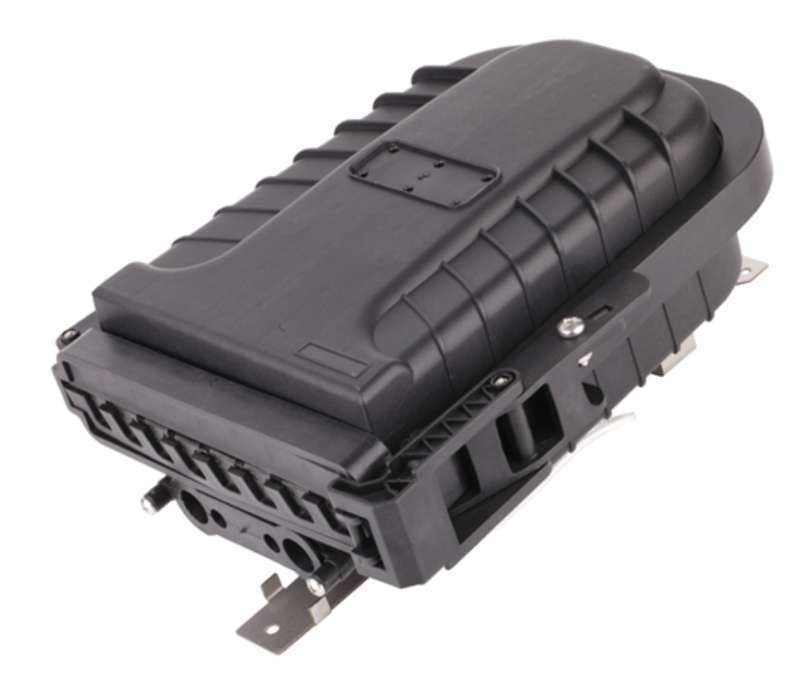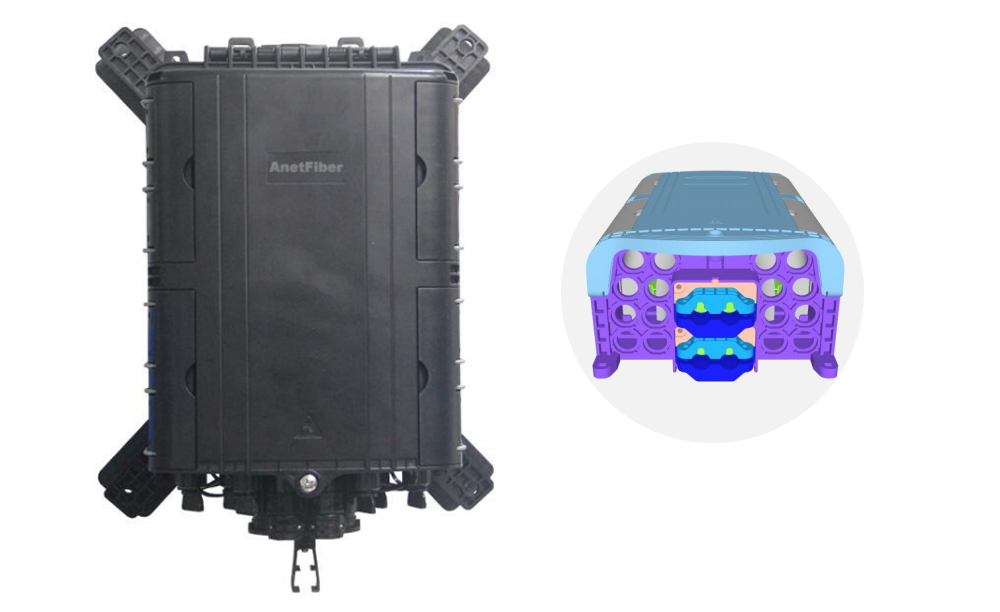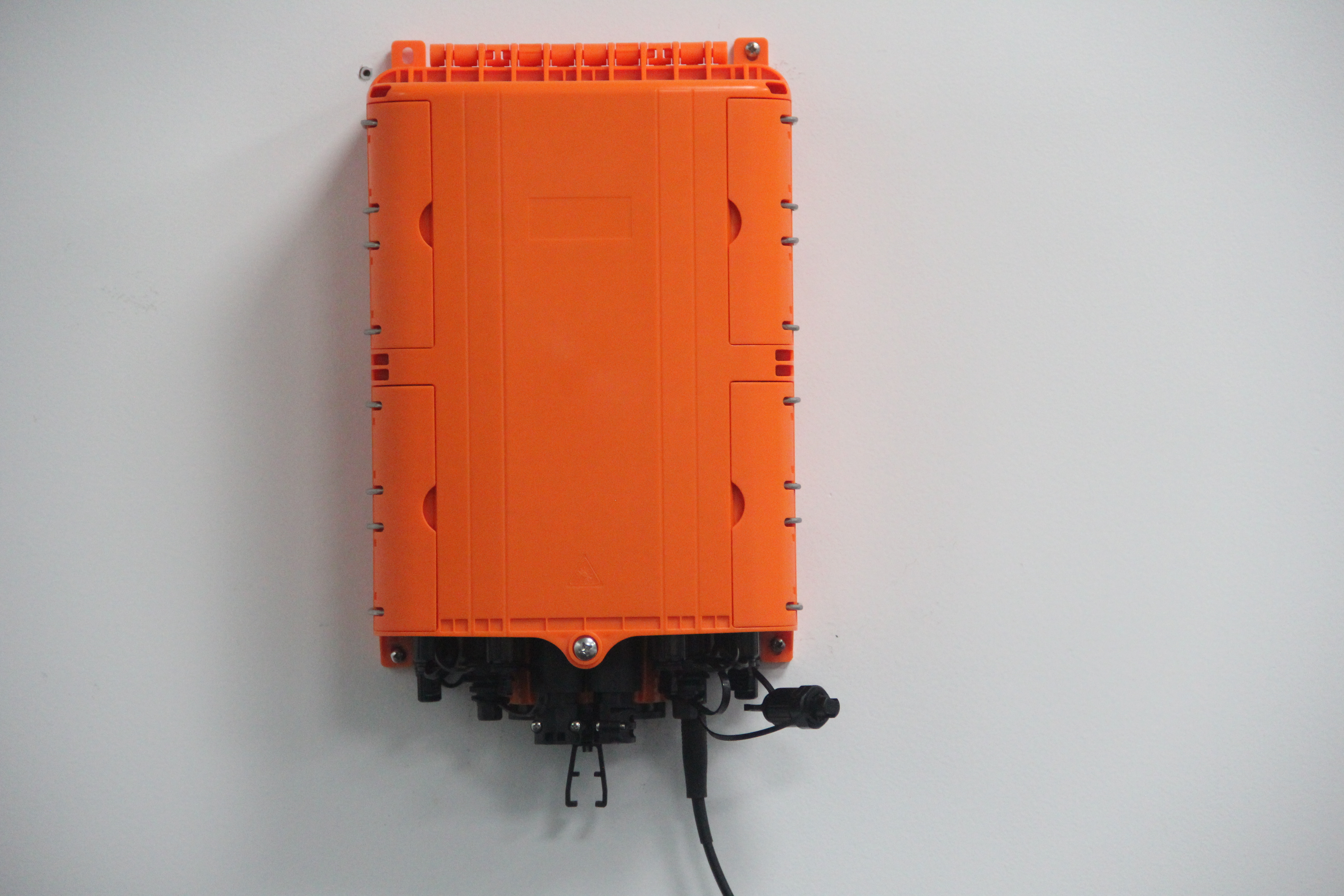The Role of Termination Boxes in FTTH Networks

Understanding Termination Boxes in FTTH Networks
Termination boxes are crucial components in Fiber To The Home (FTTH) networks, playing a vital role in ensuring efficient connectivity and seamless fiber optic termination. These boxes serve as the interface between the fiber optic cables and the end-user devices, allowing for the transmission of high-speed data, voice, and video signals.
Installation and maintenance procedures are essential for optimal performance of termination boxes in FTTH networks. Proper installation involves carefully connecting the fiber optic cables to the termination box, while regular maintenance ensures that any potential issues are addressed promptly to prevent disruptions in connectivity.
Termination boxes facilitate effective fiber optic installation and termination, contributing to the overall performance of FTTH networks. Their significance lies in their ability to provide reliable connections and enable high-speed data transfer, making them an indispensable component in modern communication infrastructure.
Components and Functionality of Termination Boxes
Termination Box Components
Termination boxes consist of several key components that work together to facilitate efficient fiber optic termination and connectivity. These components include:
Fiber Optic Adapters: Also known as couplers, these adapters provide a secure connection point for the fiber optic cables. They allow for the seamless integration of multiple cables within the termination box.
Splice Trays: Splice trays are used to organize and protect the fiber optic splices within the termination box. They ensure that the splices are properly aligned and protected from external elements that could potentially damage them.
Pigtails: Pigtails are short lengths of fiber optic cables with connectors on one end. They serve as a bridge between the incoming fiber optic cables and the termination box, enabling easy connection without the need for additional tools or equipment.
Patch Cords: Patch cords are pre-terminated fiber optic cables with connectors on both ends. They are used to establish connections between devices within the termination box, such as routers, switches, or optical network terminals (ONTs).
Functionality of Termination Boxes
Termination boxes provide several essential functionalities in FTTH networks:
Protection: The primary function of termination boxes is to protect the delicate fiber optic splices and connections from environmental factors like dust, moisture, and physical damage. This protection ensures reliable and uninterrupted connectivity.
Organization: By providing designated spaces for cable management and splice organization, termination boxes help maintain a neat and organized setup. This makes it easier to troubleshoot any issues that may arise in the future.
Flexibility: Termination boxes offer flexibility in terms of accommodating different types of fiber optic connectors and cables. This versatility allows for easy upgrades or modifications without requiring extensive reconfiguration.
Accessibility: With their compact design and user-friendly interface, termination boxes provide easy access to the fiber optic connections. This accessibility simplifies installation, maintenance, and troubleshooting processes.

Installation and Maintenance of Termination Boxes in FTTH Networks
Installation Procedures
Proper installation of termination boxes is crucial for ensuring optimal performance in FTTH networks. The following procedures should be followed:
Site Preparation: Before installing the termination box, ensure that the site is clean, dry, and free from any obstructions. This helps prevent potential damage to the fiber optic cables during installation.
Cable Routing: Carefully route the fiber optic cables into the termination box, ensuring that they are not bent or strained excessively. Proper cable management techniques, such as using cable ties or clips, can help maintain organization and prevent cable damage.
Connectorization: Connectors on the fiber optic cables should be properly terminated with precision and cleanliness. This involves stripping the cable jacket, cleaning the fibers, and aligning them correctly before securing them within the connectors.
Testing and Verification: Once the installation is complete, perform thorough testing to verify that all connections are secure and functioning correctly. This includes checking for signal loss, verifying power levels, and conducting end-to-end tests to ensure proper transmission.
Maintenance of Termination Boxes
Regular maintenance is essential to keep termination boxes in optimal condition. The following practices should be followed:
Visual Inspection: Regularly inspect termination boxes for any signs of physical damage or loose connections. Check for dust or debris accumulation that could affect signal quality.
Cleaning: Clean termination boxes periodically using lint-free wipes or compressed air to remove any dirt or contaminants that may have accumulated over time.
Documentation: Maintain accurate documentation of all terminations within the box, including labeling each connection point with relevant information such as port numbers or device names. This helps with troubleshooting and future modifications.
Scheduled Inspections: Conduct scheduled inspections to identify any potential issues early on and address them promptly before they escalate into larger problems.
By following proper installation procedures and conducting regular maintenance, termination boxes can ensure reliable connectivity and optimal performance in FTTH networks.
Benefits of Termination Boxes in FTTH Networks
Improved Connectivity
Termination boxes offer several benefits that contribute to improved connectivity in FTTH networks. These include:
Signal Quality: Termination boxes ensure that the fiber optic cables are properly terminated and protected, minimizing signal loss and maintaining high-quality transmission. This results in reliable and consistent connectivity for end-users.
Reduced Interference: By providing a secure enclosure for fiber optic connections, termination boxes help minimize external interference from electromagnetic fields or other sources. This enhances the overall signal integrity and reduces the chances of disruptions or data loss.
Flexibility and Scalability: Termination boxes allow for easy expansion and scalability of FTTH networks. With their modular design, additional ports can be added as needed, accommodating future growth without requiring extensive reconfiguration.
Efficient Fiber Optic Termination
Efficient fiber optic termination is another key benefit provided by termination boxes in FTTH networks. Here's how they contribute to this efficiency:
Simplified Installation: Termination boxes streamline the installation process by providing a centralized location for terminating fiber optic cables. This eliminates the need for multiple individual terminations, saving time and effort during installation.
Ease of Maintenance: With termination boxes, maintenance tasks such as troubleshooting or replacing faulty connections become more manageable. The organized layout within the box allows technicians to quickly identify and address any issues, minimizing downtime.
Protection of Fiber Optic Splices: Termination boxes provide a protective environment for delicate fiber optic splices, shielding them from potential damage caused by environmental factors or accidental disturbances. This ensures long-term reliability and performance.
In summary, termination boxes play a crucial role in improving connectivity and enabling efficient fiber optic termination in FTTH networks. Their ability to enhance signal quality, reduce interference, provide flexibility, simplify installation, and protect splices makes them an essential component for seamless communication.

The Crucial Role of Termination Boxes in FTTH Networks
Termination boxes play a vital role in ensuring efficient connectivity and seamless fiber optic termination in Fiber To The Home (FTTH) networks. Their significance cannot be overstated.
Proper installation and regular maintenance of termination boxes are essential to ensure optimal performance. By following recommended procedures, network technicians can maximize the benefits provided by these boxes.
Fiber terminal boxes contribute to the overall efficiency of FTTH networks by providing reliable connectivity, protecting delicate splices, and simplifying installation and maintenance processes. They serve as a critical interface between the fiber optic cables and end-user devices, enabling high-speed data transmission.
In conclusion, termination boxes are an indispensable component in FTTH networks. Their proper utilization ensures reliable connections, enhances signal quality, and contributes to the seamless operation of fiber optic termination. By understanding their role and implementing best practices, network technicians can optimize the performance of FTTH networks for homeowners and end-users.
See Also
Waterproof Connectors in FTTH Networks: Enhancing Performance and Reliability
Exploring the Applications of LC SC Duplex Fiber Optic Adapters
Building High-Density Networks: Leveraging MPO/MTP Adapters for Optimal Connectivity
About US
Follow Us
AnetFiber company's main products are indoor and outdoor optical fiber cables, outdoor waterproof pre-connected fiber-to-the-home products, PLC optical fiber splitters, optical fiber jumpers and pigtails, MTP®/MPO high-density big data product solutions, optical fiber field quick connectors and research and development molding, injection molding and production of optical fiber distribution boxes, optical fiber chassis cabinets, the market has expanded to the world, Europe, America, Asia, the Middle East and Latin America.
Address
Shenzhen City, Baoan District, Yanluo Street, Tangxiayong Community, Yangyong Industrial Road, Tonggangda New Energy Vehicle Park 406
Contacts
+86 199 2655 3586

